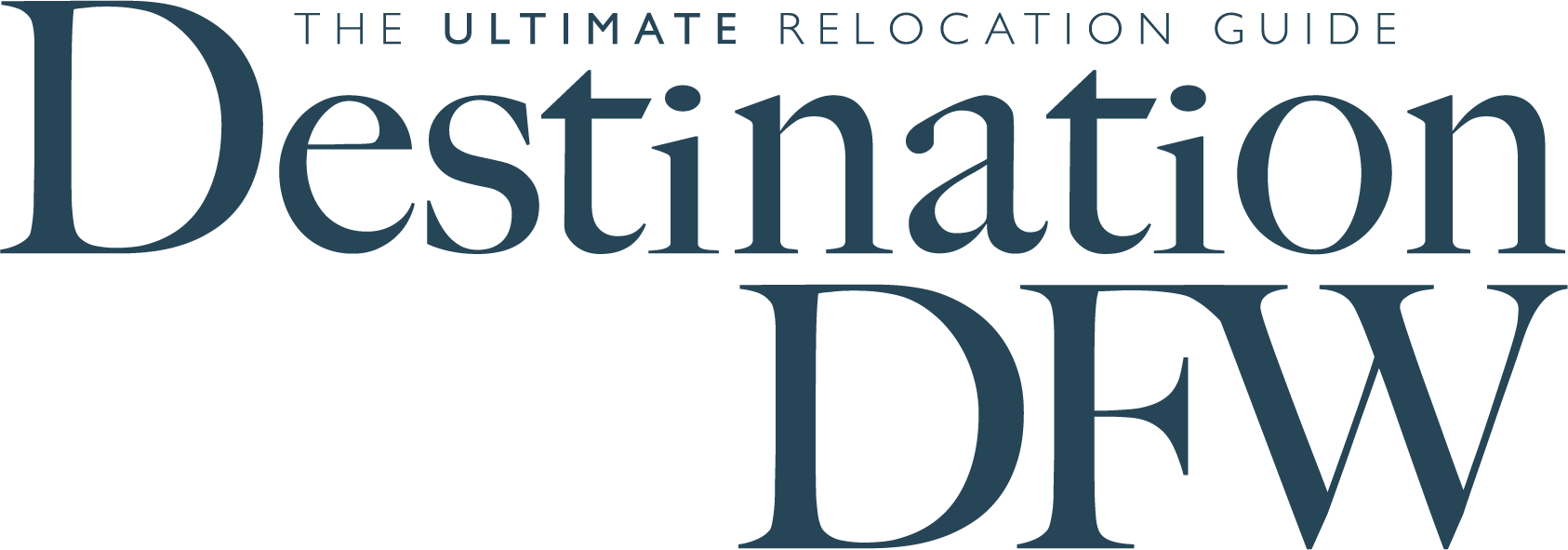In an age of remote work, cross-country relocations, and housing affordability challenges, understanding how your next city stacks up financially is more important than ever. Dallas-Fort Worth (DFW) has become a go-to destination for transplants from California, Illinois, New York, and beyond. But is it really cheaper? Let’s break it down by major expense categories and compare DFW to other top U.S. metros.
Housing: The Big Difference Maker
Housing remains the biggest factor behind DFW’s affordability advantage. In 2025, the average home price in Dallas is around $390,000, while in cities like San Francisco and New York, that number exceeds $1 million. Even in fast-growing areas like Phoenix and Denver, home prices average $500,000+. DFW also offers a wide range of housing—from downtown condos to sprawling suburban homes—with lower property taxes compared to coastal states despite Texas’ higher-than-average tax rates.
Renting in DFW vs Other Cities
The average rent for a one-bedroom apartment in Dallas is approximately $1,410, and in Fort Worth, around $1,250. Compare that to:
- San Francisco: $2,950
- New York City: $3,400
- Los Angeles: $2,500
- Denver: $1,800
- Austin: $1,720
Clearly, DFW continues to offer competitive pricing for renters, even as demand rises.
Utilities and Groceries: Slight Edge to DFW
Utilities in DFW average $180/month for a 2-bedroom apartment, slightly higher than Seattle or San Diego but lower than Chicago or Houston. Grocery costs are generally below the national average, especially when shopping at regional chains like H-E-B and Kroger. Eating out is also more affordable—grabbing lunch in Uptown or Fort Worth’s Stockyards won’t break the bank compared to San Francisco or Boston.
Transportation Costs
Gasoline in Texas remains among the cheapest in the country, averaging $3.12/gallon in 2025. While public transit isn’t as robust as in New York or DC, many families find car ownership practical and necessary. Insurance and registration costs are moderate, and DFW’s central location means shorter flights for business travelers or remote workers making occasional trips.
Healthcare and Insurance
Healthcare costs in DFW are close to the national average. Private insurance premiums are generally lower than in states like California or New Jersey. With a growing network of hospitals, urgent care centers, and specialty providers, healthcare access has improved even in outlying suburbs.
Taxes: No State Income Tax Makes a Big Impact
One of Texas’ biggest draws is the absence of state income tax. For high-income earners, this can mean thousands in annual savings compared to states like California, New York, or Oregon. While property taxes in Texas are higher—around 2.3% on average—home values are generally lower, which can offset the overall burden.
How DFW Compares Overall (2025 Estimates)
Here’s a high-level cost of living index (national average = 100):
- Dallas-Fort Worth: 94
- Austin: 107
- Denver: 110
- Chicago: 115
- Los Angeles: 150
- San Francisco: 178
The numbers speak for themselves. DFW remains one of the most affordable large metro areas for families, professionals, and retirees alike.
Conclusion: Is DFW the Right Move?
Whether you’re a remote worker looking to stretch your salary, a family seeking space, or a retiree hoping for value, DFW delivers strong cost-of-living advantages in 2025. From housing to groceries to tax savings, Dallas-Fort Worth stacks up well against its coastal competitors—and continues to grow as one of the most livable large metros in the U.S.
Request your free Destination DFW Relocation Guide here




